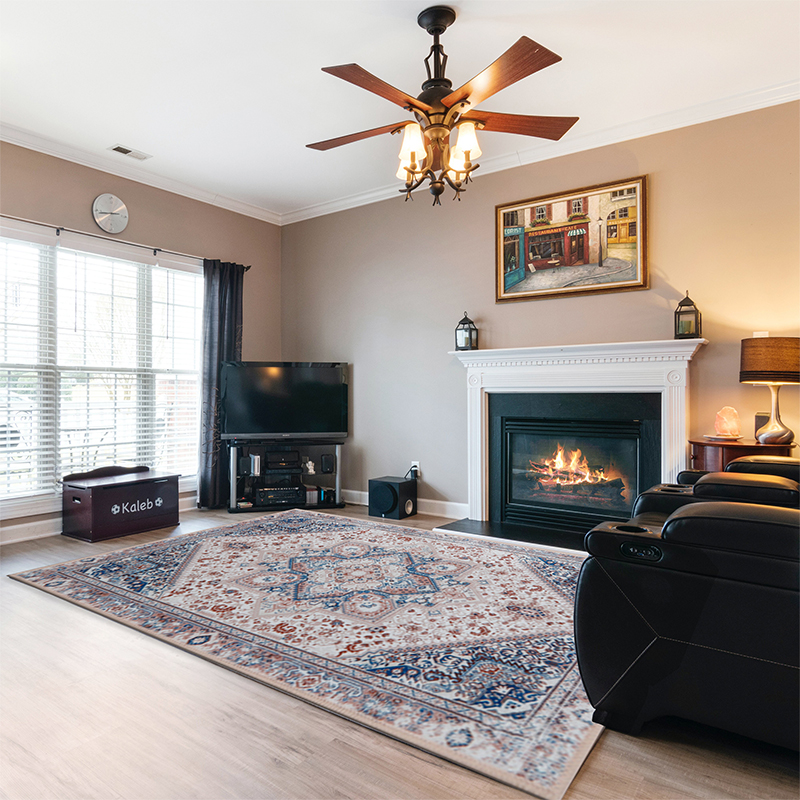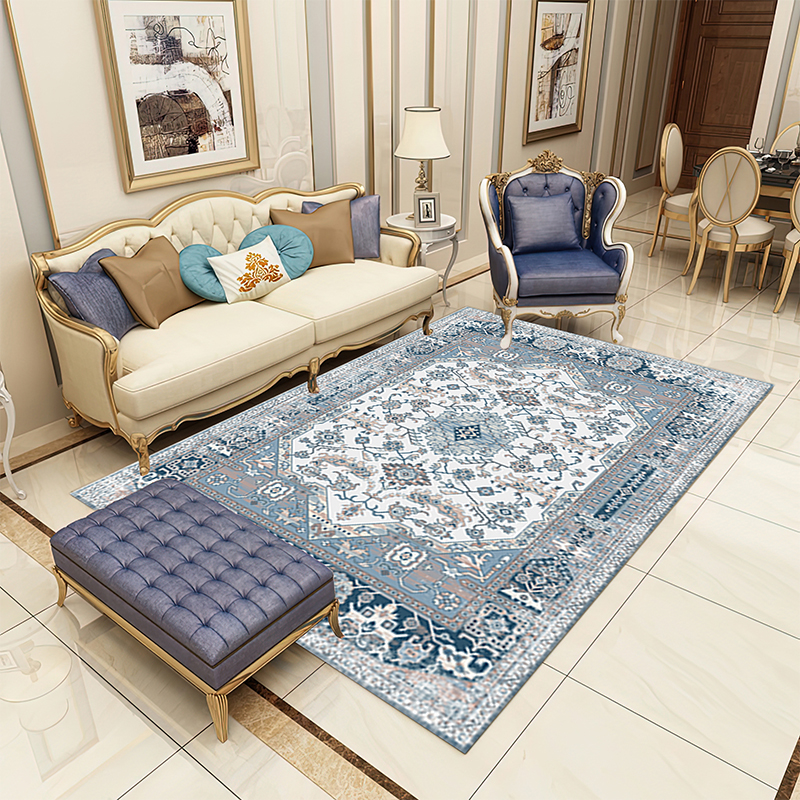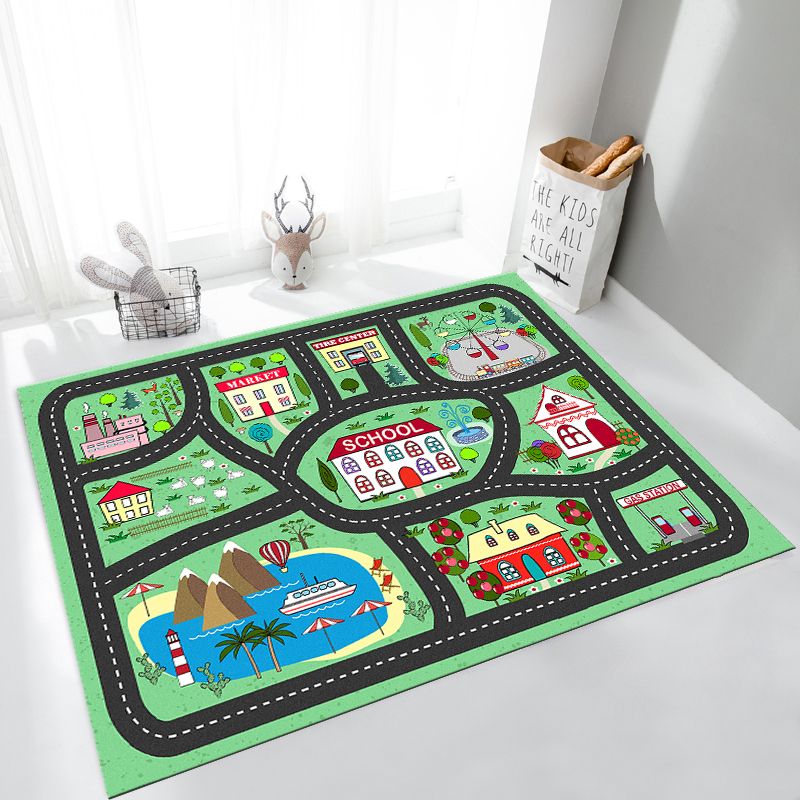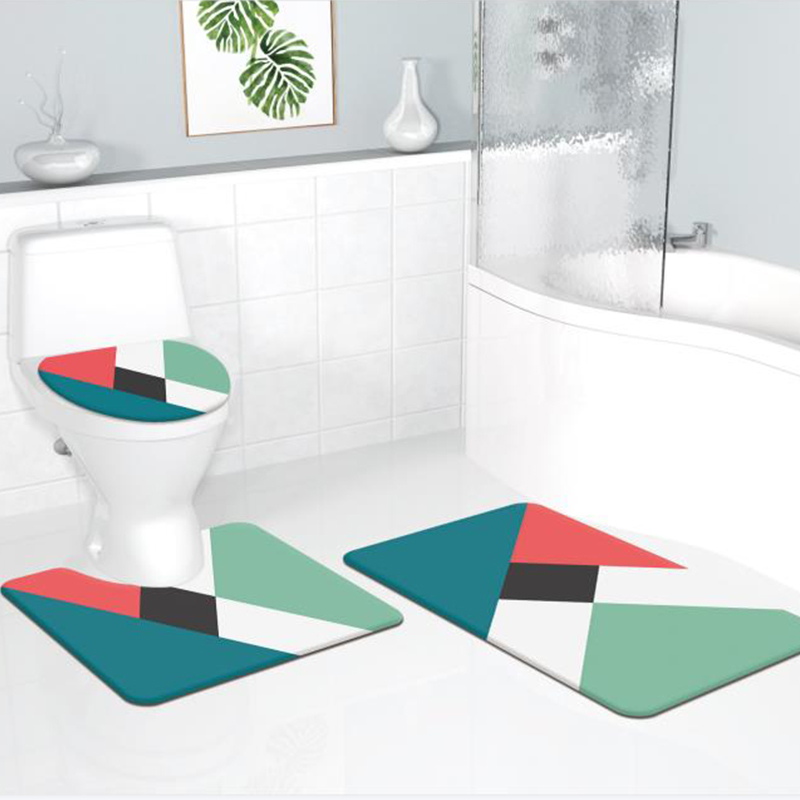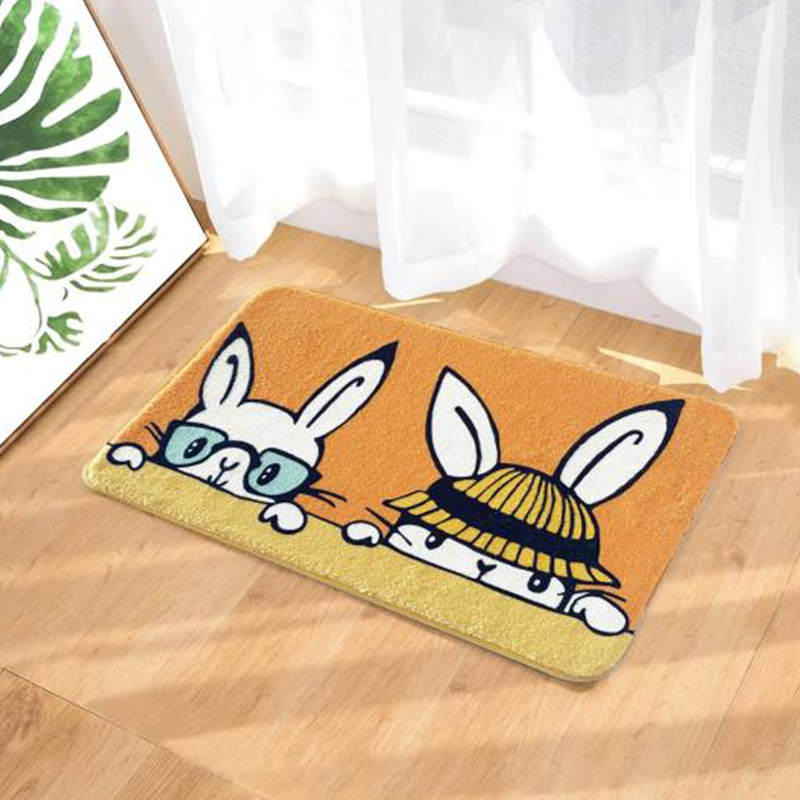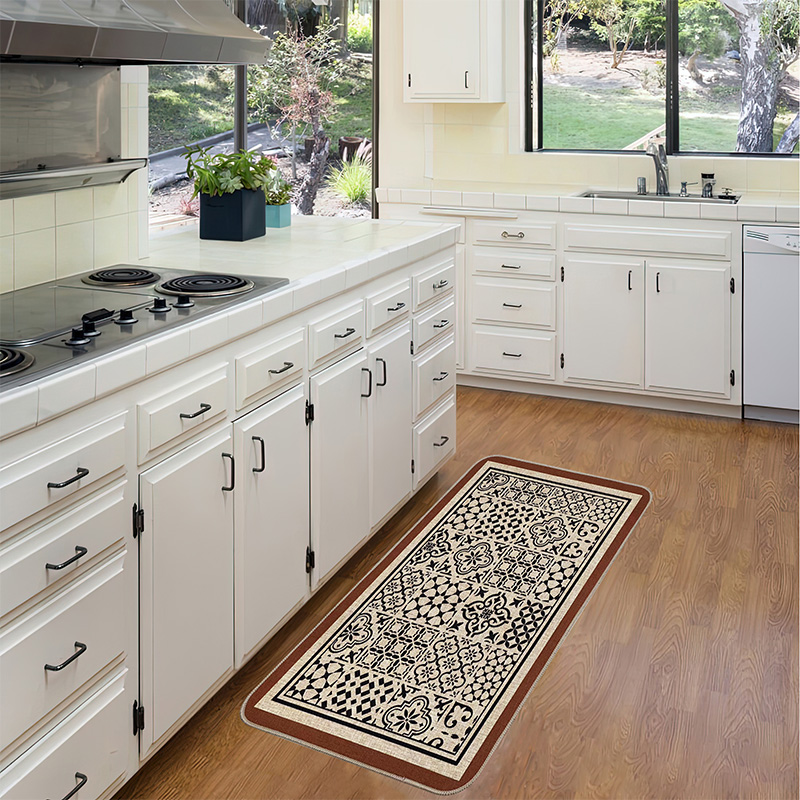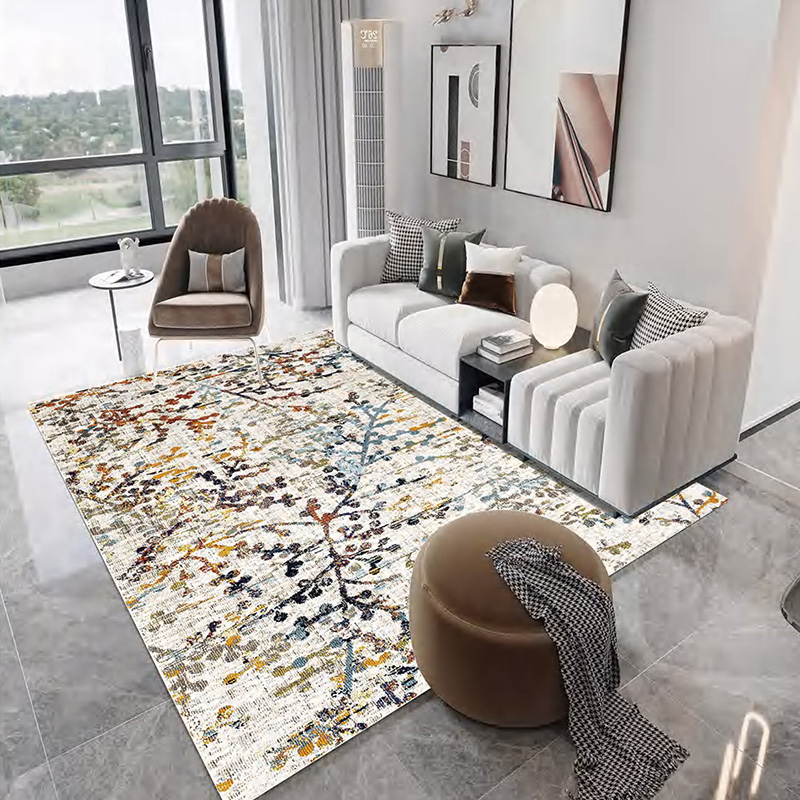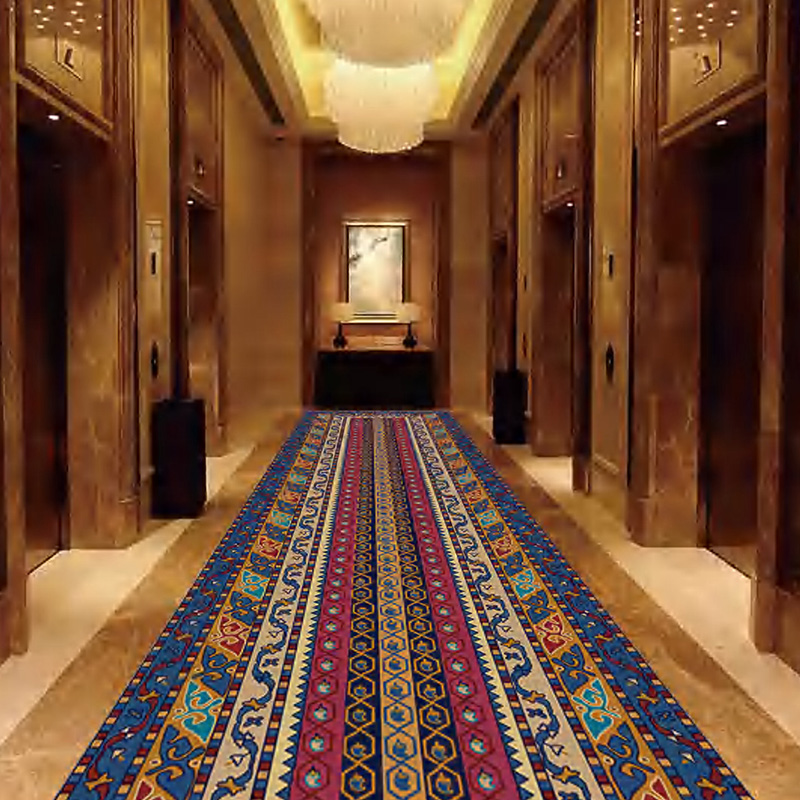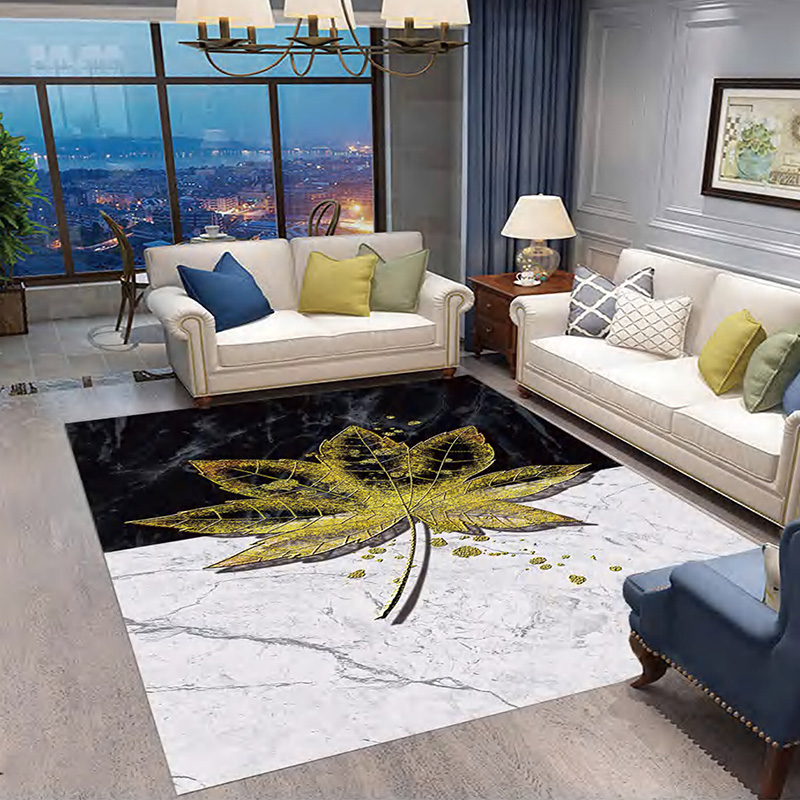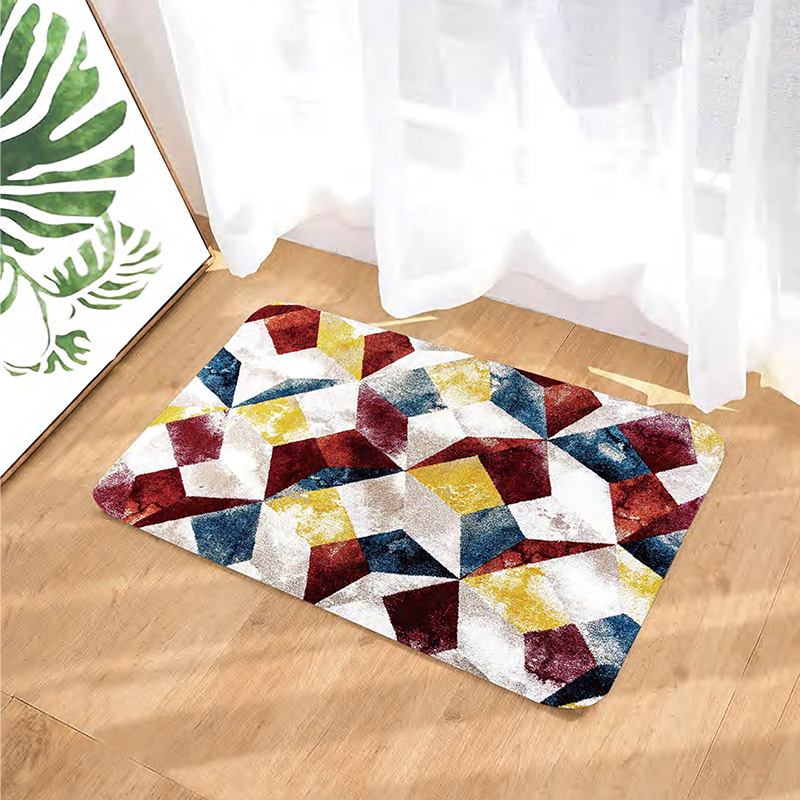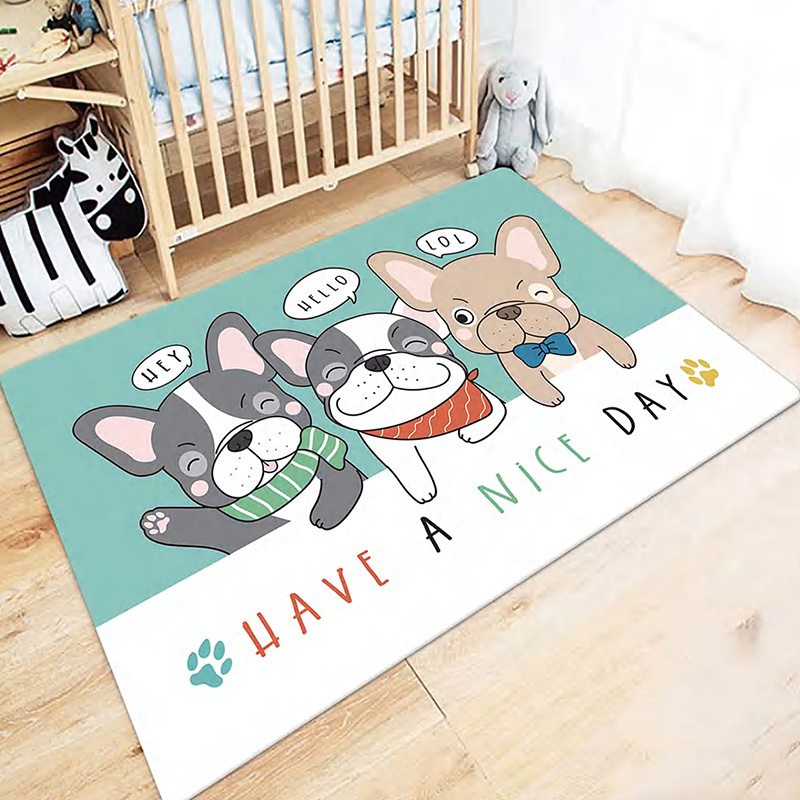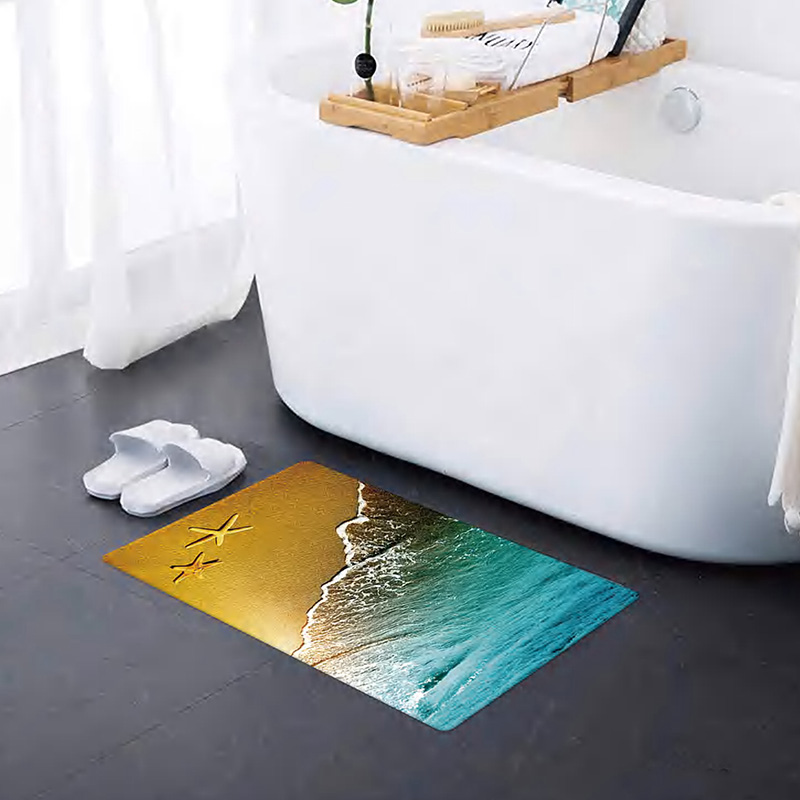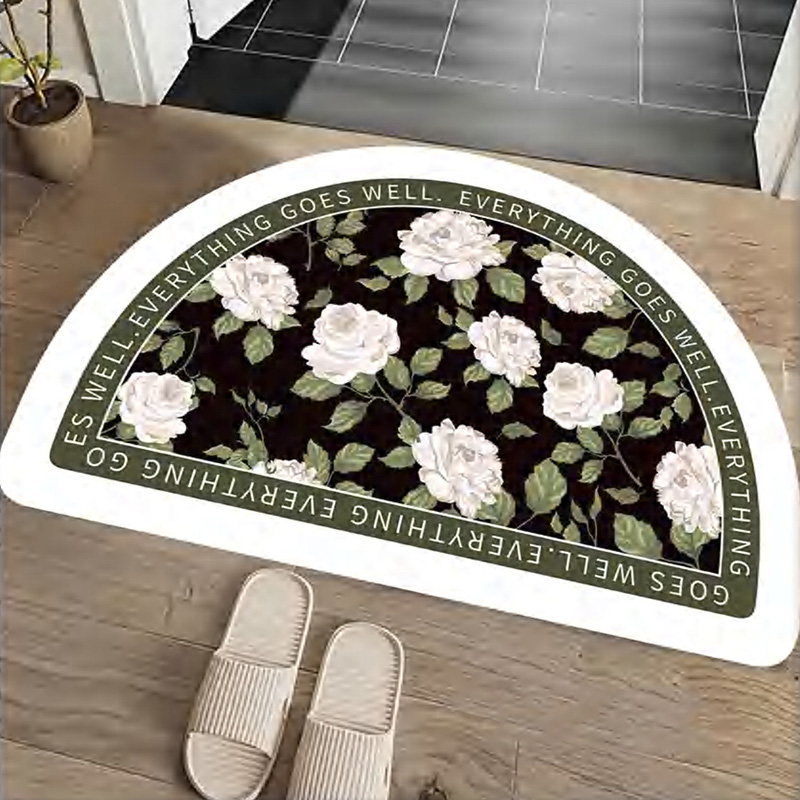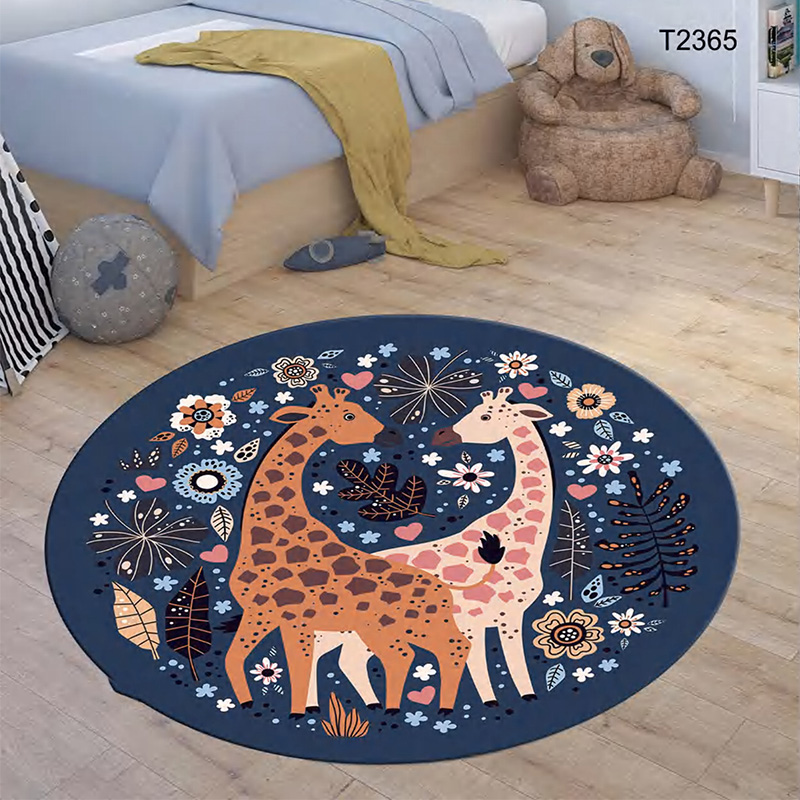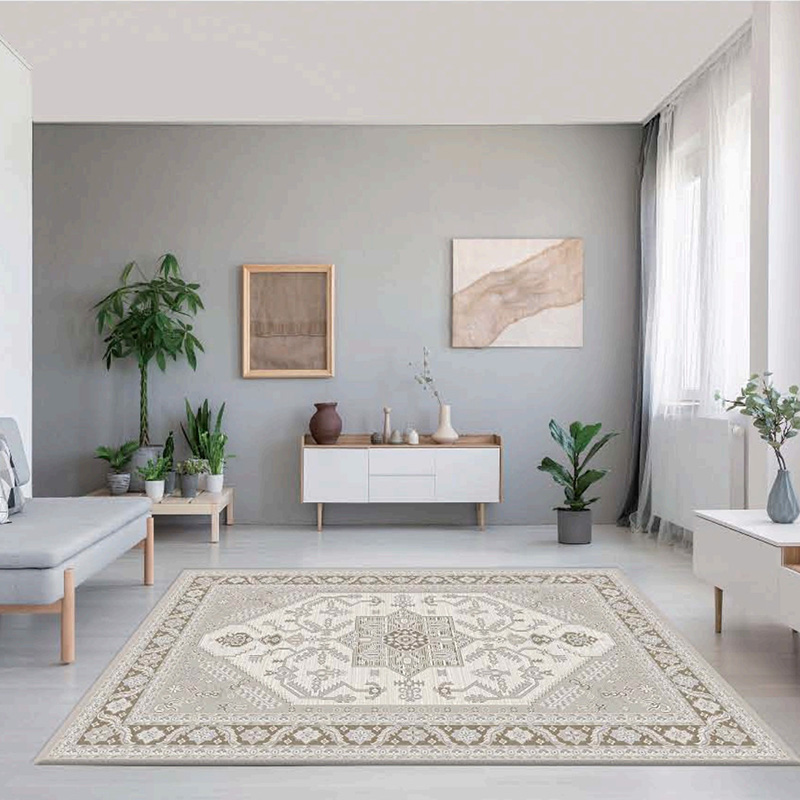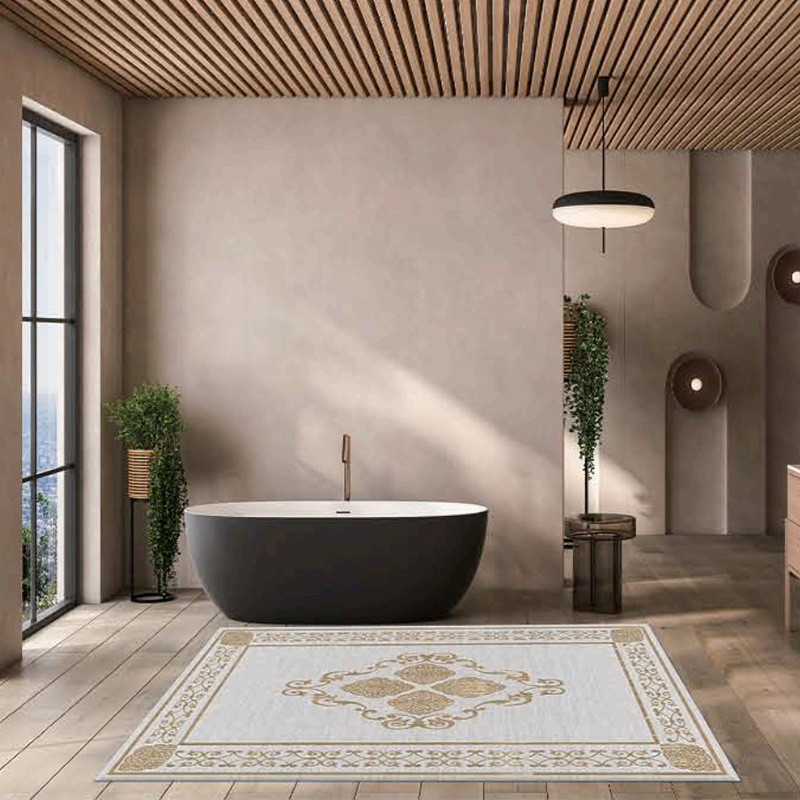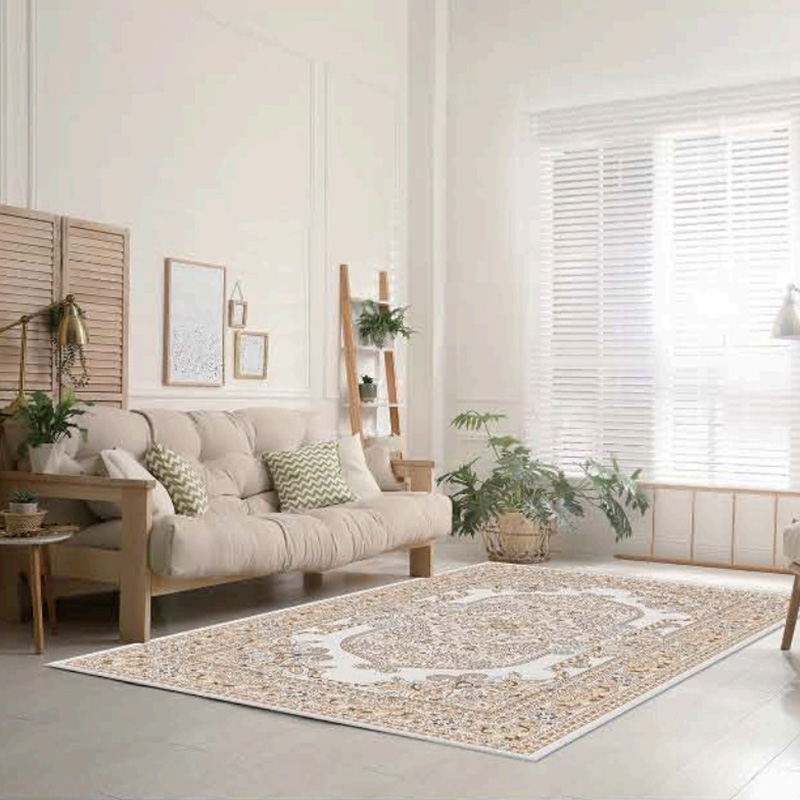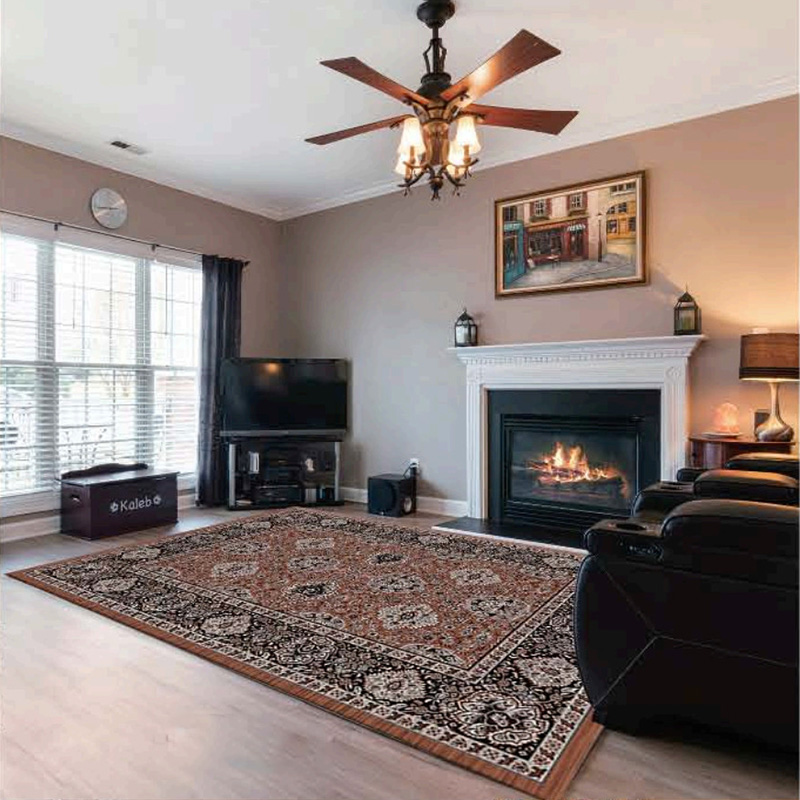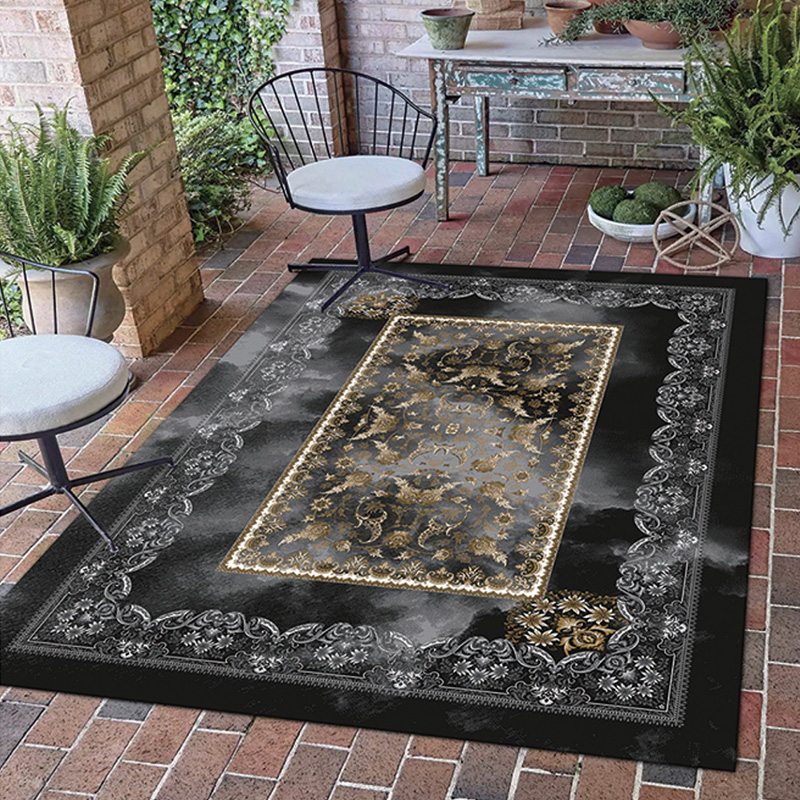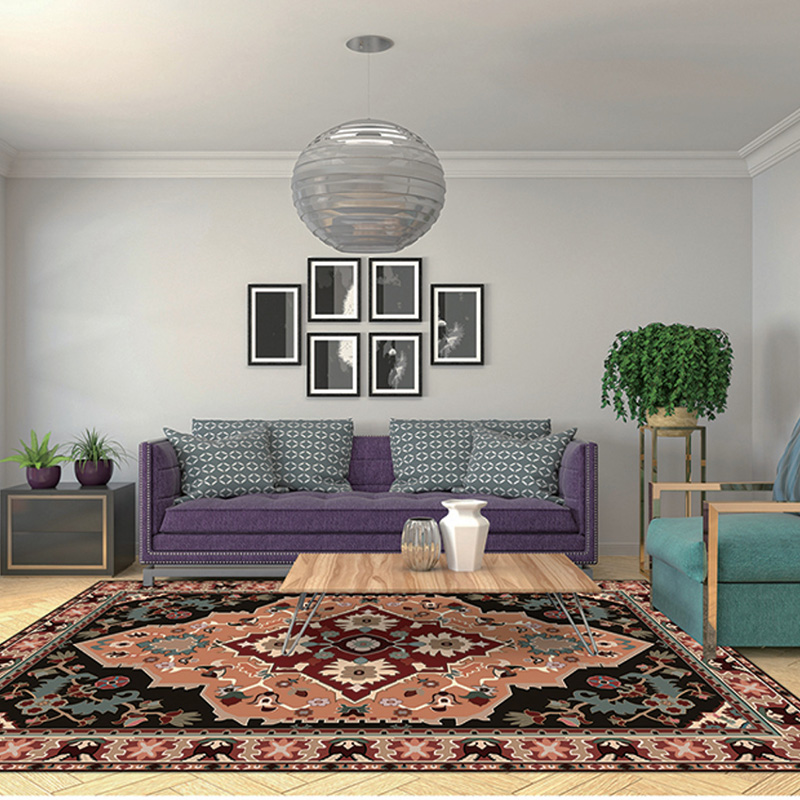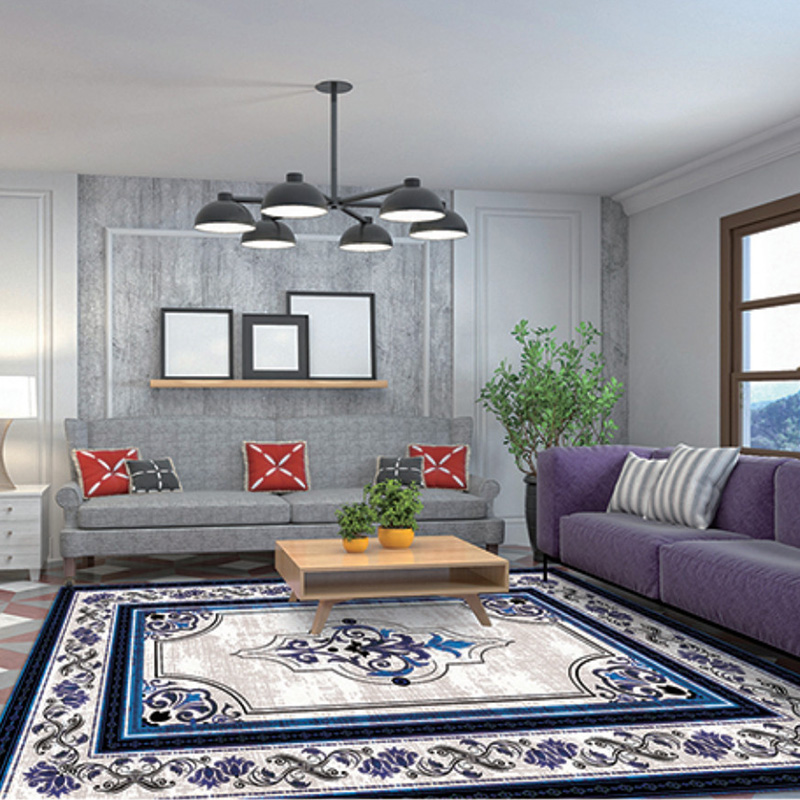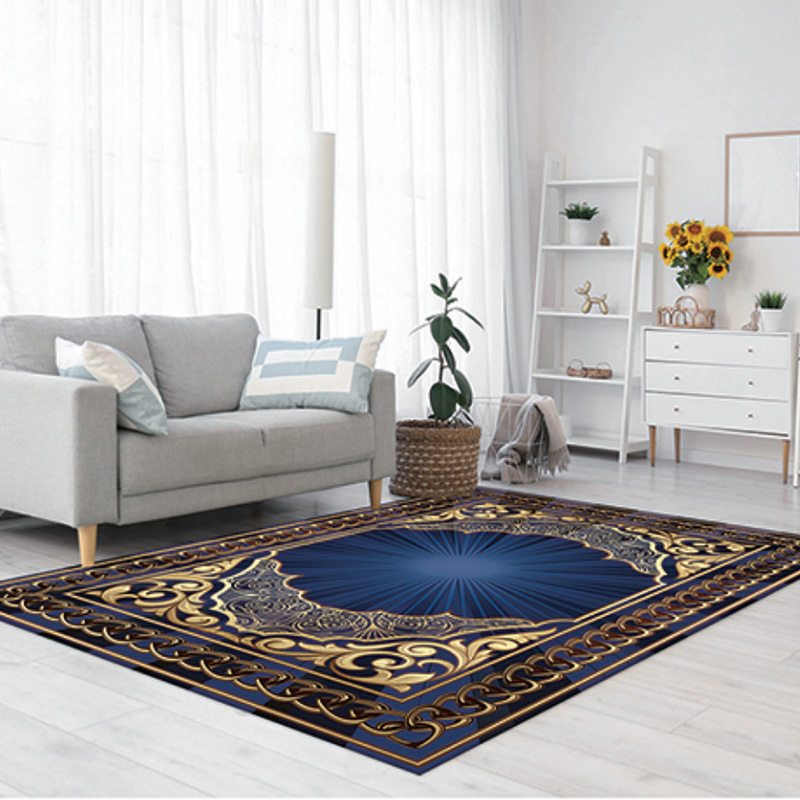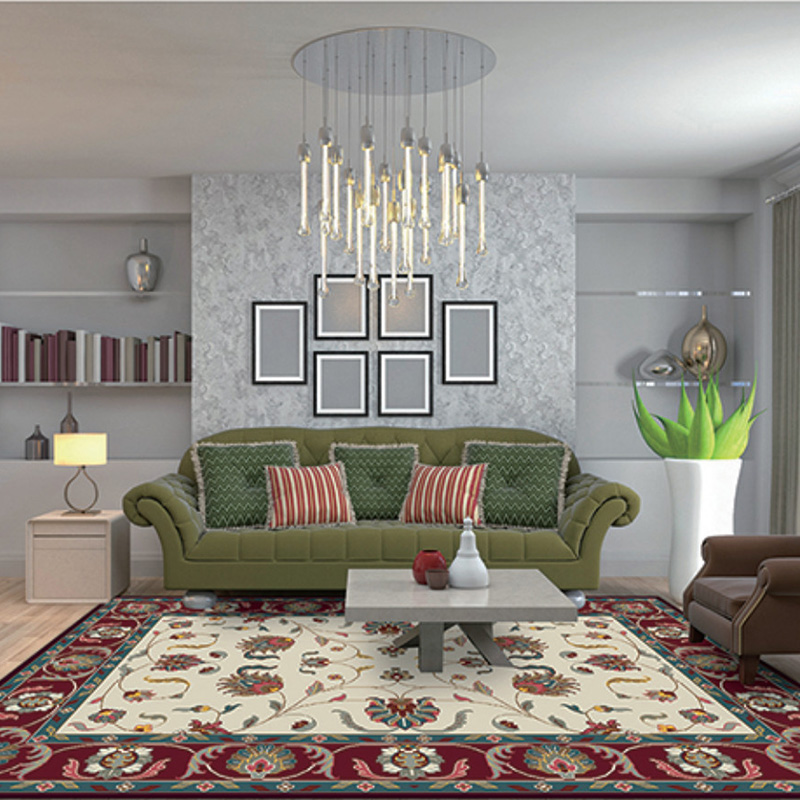The interior design industry is experiencing a significant surge in demand for oversized area rugs, as homeowners and designers alike recognize their ability to transform rooms both visually and functionally. These large-scale rugs are no longer considered just floor coverings; they have become powerful design statements that bring cohesion, comfort, and character to expansive living areas, open-plan homes, and commercial spaces.
Rising Popularity of Oversized Area Rugs
The trend towards oversized area rugs is driven by several key lifestyle and design factors. With the growing preference for open-concept living spaces, large rugs serve as essential tools to define different zones within a room without erecting physical barriers. This spatial division is particularly valuable in studios, lofts, and modern family rooms where multifunctional use is the norm.
Interior designers report that oversized rugs help create warmth and intimacy in large, often cold-feeling spaces. “A well-chosen oversized rug anchors the furniture and ties together the room’s color palette and textures,” said Matthew Clarke, a New York-based interior designer. “It brings balance to open layouts and makes vast rooms feel more inviting.”
Functional Benefits Beyond Aesthetics
Beyond their decorative appeal, oversized area rugs provide numerous practical benefits. They absorb sound and reduce echoing in large rooms with hard surfaces like wood or tile flooring. This enhances acoustics and creates a more comfortable environment for conversation and relaxation.
Comfort is another major factor. Large rugs offer a soft, cushioned surface for walking, sitting, and even playing on the floor—ideal for families with young children or pet owners. Additionally, oversized rugs protect underlying floors from scratches and wear in high-traffic zones, helping maintain property value.
Expanding Design Options and Materials
Innovations in textile manufacturing and digital printing technology have broadened the design possibilities for oversized area rugs. Homeowners now have access to an extensive range of patterns, colors, and textures—from minimalist monochromes to bold geometrics, traditional oriental motifs, and abstract art.
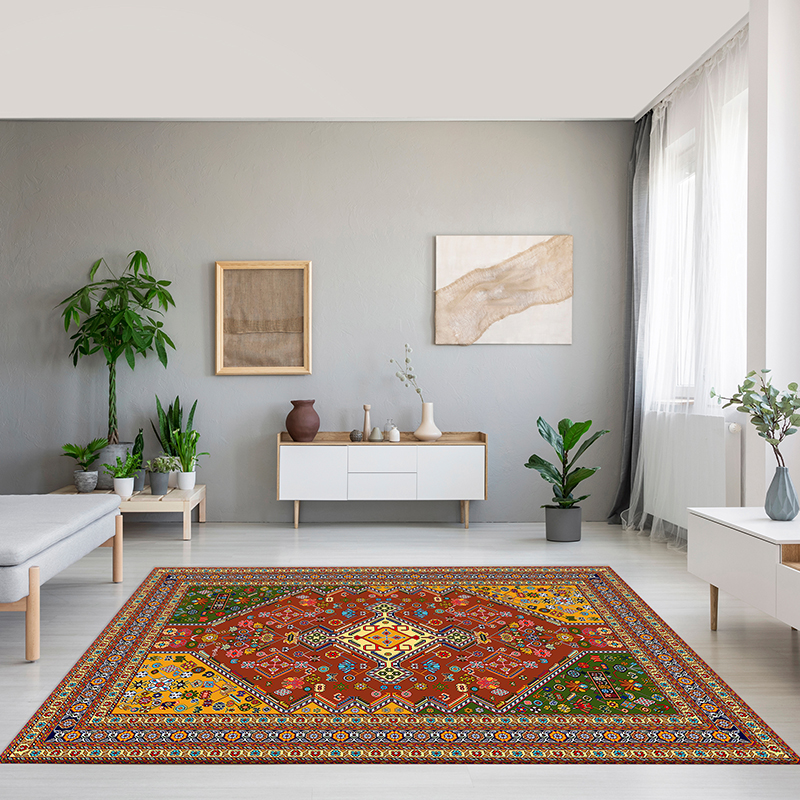
Material choices have also diversified. While wool remains popular for its durability and softness, eco-friendly materials like bamboo silk, recycled fibers, and natural cotton blends are gaining traction. Synthetic alternatives such as polypropylene offer stain resistance and affordability, appealing to budget-conscious buyers.
Some manufacturers are experimenting with layered rugs—combining oversized base rugs with smaller accent rugs to create a dynamic, textured look. This layered styling trend allows more personalization and adds depth to interiors.
Market Growth and Consumer Segments
According to recent market analysis, the oversized area rugs segment has grown steadily at a CAGR of around 6% over the last five years. This growth is propelled by:
Urban homeowners seeking to maximize the impact of open floor plans.
Hospitality and commercial sectors, including hotels and office spaces, requiring large rugs for aesthetic and acoustic reasons.
Millennials and Gen Z buyers prioritizing statement decor and sustainability.
Retailers have responded by expanding their oversized rug collections both in physical stores and online. Custom sizing options have become increasingly common, allowing buyers to tailor rugs to their specific room dimensions.
Sustainability and Ethical Production
Sustainability concerns continue to influence consumer choices in the oversized rug category. Demand is rising for ethically produced rugs crafted from renewable or recycled materials using low-impact dyes and manufacturing processes.
brands are obtaining certifications such as Fair Trade and GOTS to assure buyers of their environmental and social commitments. These efforts resonate particularly with younger demographics, who value transparency and responsible consumption.
Challenges and Solutions in Logistics
One of the unique challenges of oversized rugs is logistics. Shipping, handling, and installation require careful planning due to the rugs’ size and weight. To address these issues, manufacturers are designing rugs that can be rolled tightly without damaging fibers, and some offer modular or foldable options.
Additionally, augmented reality (AR) apps are helping consumers visualize how oversized rugs will fit into their spaces before purchase, reducing returns and enhancing satisfaction.
Regional Trends and Global Demand
North America and Europe remain dominant markets, driven by high disposable incomes and strong interior design cultures.
Asia-Pacific is emerging rapidly, especially in urban centers of China, India, and Southeast Asia where modern residential construction is booming.

 英语
英语 阿拉伯语
阿拉伯语 德语
德语
